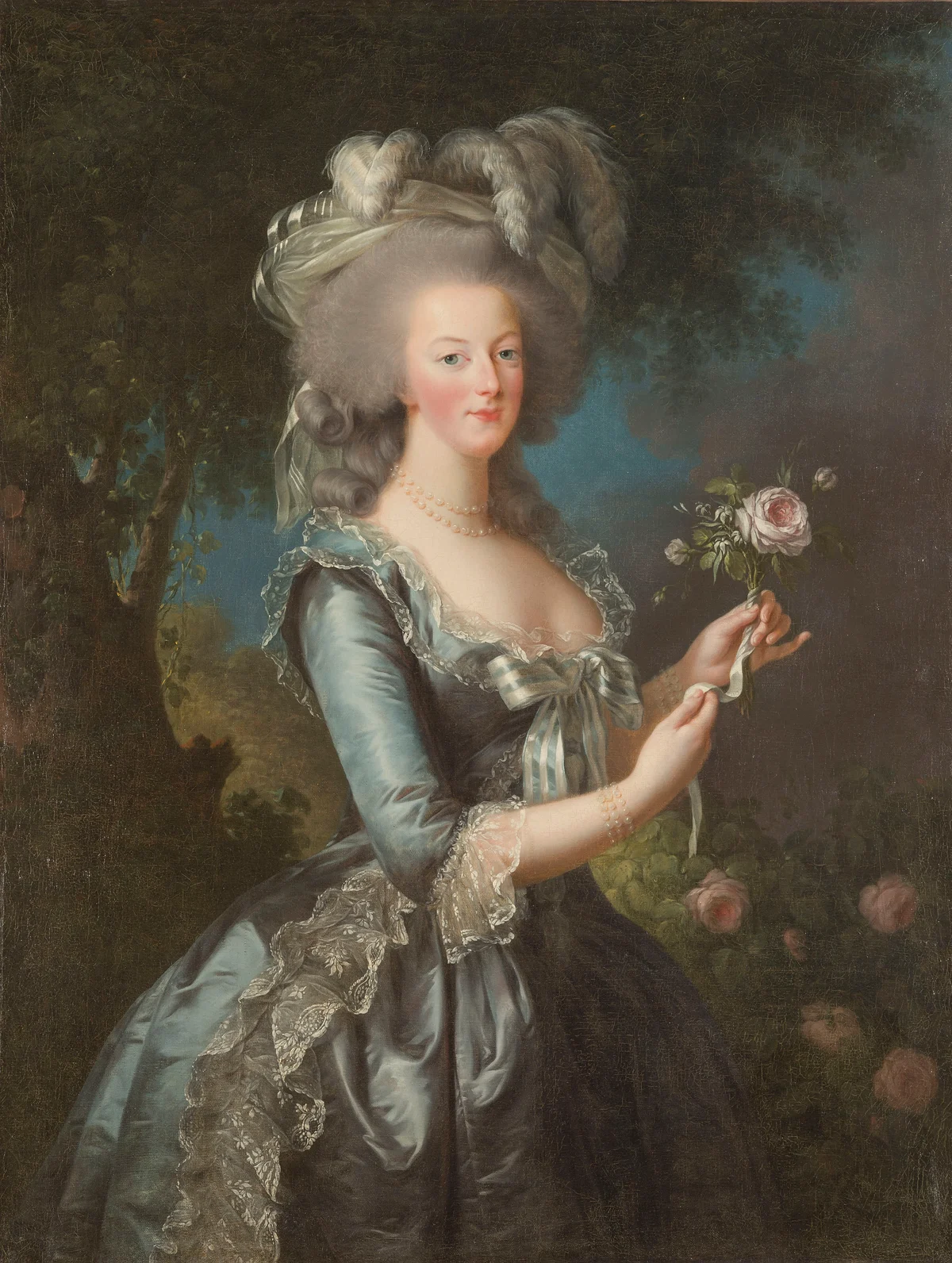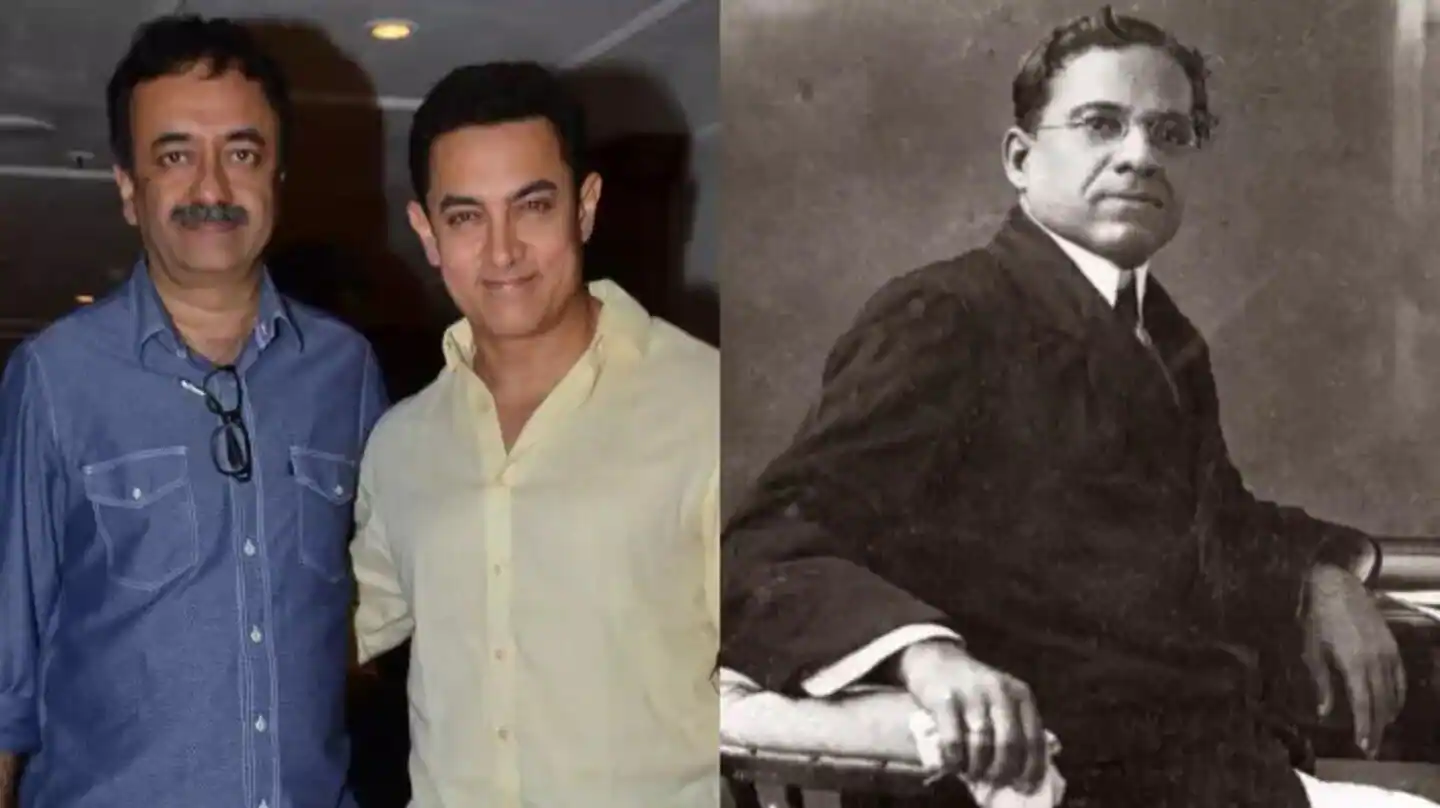By Melanie McDonagh
Copyright standard

Note the title of this exhibition. It’s Marie Antoinette style, not the woman, not the reality behind the caricature. It really is about Marie Antoinette as clothes horse and style-setter with the occasional aside about her reputation and the scandals that surrounded her right through to her gruesome end.
It’s divided into three parts, the first being contemporary material of the period including items belonging to the queen, the second, the afterlife of Marie Antoinette when her cult was revived by the Empress Eugenie, the third, modern interpretations of the Marie Antoinette style. As the curators point out, the style of her period is invariably described in reference to her husband, but it was she who was the real style-maker.
This is a show that speaks to the genius of the V&A as a home for design, and it is, on its own terms, rather wonderful. If there are items that catch your breath, they are those belonging to the girl herself – for she was all of 14 when she was married off to the Dauphin. Her little ivory silk slippers remind you that those impossibly exquisite illustrations to Cinderella by Dulac and the rest were no more than a depiction of reality when it came to those tiny feet. These really are fairytale slippers for a princess.
She perfected the ‘Versailles glide’ whereby a woman seems to float rather than anything so vulgar as walk. And there’s a little black choker for her neck, which shows that her slender neck in the portraits really was slender in fact. For she was a trendsetter; if she wore chokers, so did everyone else. And she took risks, as with her shepherdess outfits made of white muslin, which looked like undergarments.
The mob that stormed the Trianon Palace gave short shrift to her possessions, but a few items remain, among them a lovely diamond brooch. These few pieces are usefully supplemented by clothes and jewellery very similar to hers and some wonderful fabric used for her gown. There’s a bodice like the ones she wore (and complained about), which show how very small her waist was. There’s a wonderful silver gown jutting out on both sides, worn by her sister-in-law, with an enormous fairytale train, which resembled her silvery, shining wedding dress. Some of the dresses here are remarkably well preserved, like a fantasy by Watteau, and insanely exquisite in design. It’s amusing to find that leopard print was fashionable in her day. She was an enthusiastic adopter of Toile de Jouy, still very much with us, and visited the factory where it was made.
Of course there were preposterous elements; the vertiginous hairstyles of the 1770s were extreme – there’s an illustration of one lady carrying a model of a galleon as a hairpiece – and for once one sympathised with the Queen’s ghastly mother, Maria Theresa, in rebuking her for the fashion. For Marie Antoinette was first and foremost victim of her ruthless mother, who sent her daughter to France to advance Austrian influence, and ruthlessly undermined her self-worth. Marie Anoinette may have been naïve, extravagant and woefully lacking in nous, but it didn’t help that she was her mother’s puppet. Yet her harp and her piano remind us of her accomplishments.
The show doesn’t always do justice to the exhibits; the title for the jewellery section is called The Queen of Sparkle, which is more pantomime dame than Queen of France. The background soundtrack is a weird repetitive piano pulse – surely the music of the period would have done the trick? We get an account of the Affair of the Diamond Necklace, which was a fraud which sought to suggest that the Queen was trying to get possession of an extraordinarily costly necklace by preposterous means. Here we find a near-replica of that elaborate necklace and another made from diamonds taken from the original.
The trouble is, there isn’t much of an historical outline in which to place this and other episodes. And nowadays you can’t bank on people knowing about the actual history unless they’ve seen the Sofia Coppola film. As with many modern exhibitions, there’s a sensory aspect: four busts of the Queen with perforations at the neck which you sniff to capture the smell of a ball (armpit and beeswax), say or the Queen’s English garden (roses, lilac), or her prison cell at the Conciergerie (mildew and sewage).
What is clear is the extent of her unpopularity and the sheer vicious misogyny of her enemies’ attacks. The section called The Wicked Queen has a warning about sexual content and there are a few eyepopping prints of her supposed excesses, including a fantasised lesbian embrace with the princesse de Lamballe – later, the decapitated head of the princess would be paraded outside the Queen’s prison window on a pole. Others in the same vein show her as a harpy or hyena.
The final section on her is moving and macabre; there is the simple cotton shift she wore in prison – what a contrast with her finery – and the desperate prayer she wrote on a page of her prayerbook on the day of her execution: “My God, have pity on me; my eyes have no more tears to cry for you my poor children…adieu, adieu.” Next is the actual blade of the guillotine that cut her head off. There are photos of the death mask of the Queen which was formerly in Madame Tussaud’s; blood seems to pour from her nostrils.
You can’t follow that. The subsequent sections on the afterlife of the Marie Antoinette style have some lovely things – including exquisite illustrations by Dulac and Barbier and a room-full of modern takes on wigs and flounces – but it’s the poor, doomed queen who stays with you.



